Relay Module 5v 1 Channel is designed to switch a single high-powered device using your Arduino or other microcontrollers. This module can handle up to 10A at 250VAC or 30VDC, making it suitable for various applications. It features two LEDs that indicate the relay’s status, and its channels are conveniently labeled: common (COM), normally closed (NC), and normally open (NO), all accessible via screw pin terminals.
On the opposite side of the module, you’ll find three pins: Ground, VCC for power, and an input pin (IN) that controls the relay. The input pin is active low, meaning the relay is activated when the pin is pulled LOW and deactivated when pulled HIGH. This relay module includes additional components to simplify switching and connections, and it provides visual indicators to show whether the module is powered and the relay is active.
Specifications: Relay Module 5v 1 Channel
- Supply Voltage :- 3.75 to 6 V
- Operating Current :- 70mA
- Relay Maximum Current :- 10A
Features: Relay Module 5v 1 Channel
- Supply voltage – 5V
- Logic Signal voltage – 3.3V or 5V
- Quiescent current: 2mA
- Current when the relay is active: ~70mA
- Relay maximum contact voltage – 250VAC or 30VDC
- Relay maximum current – 10A.
Applications: Relay Module 5v 1 Channel
- Mains Switching
- High Current Switching
- Isolated Power Delivery
- Home Automation

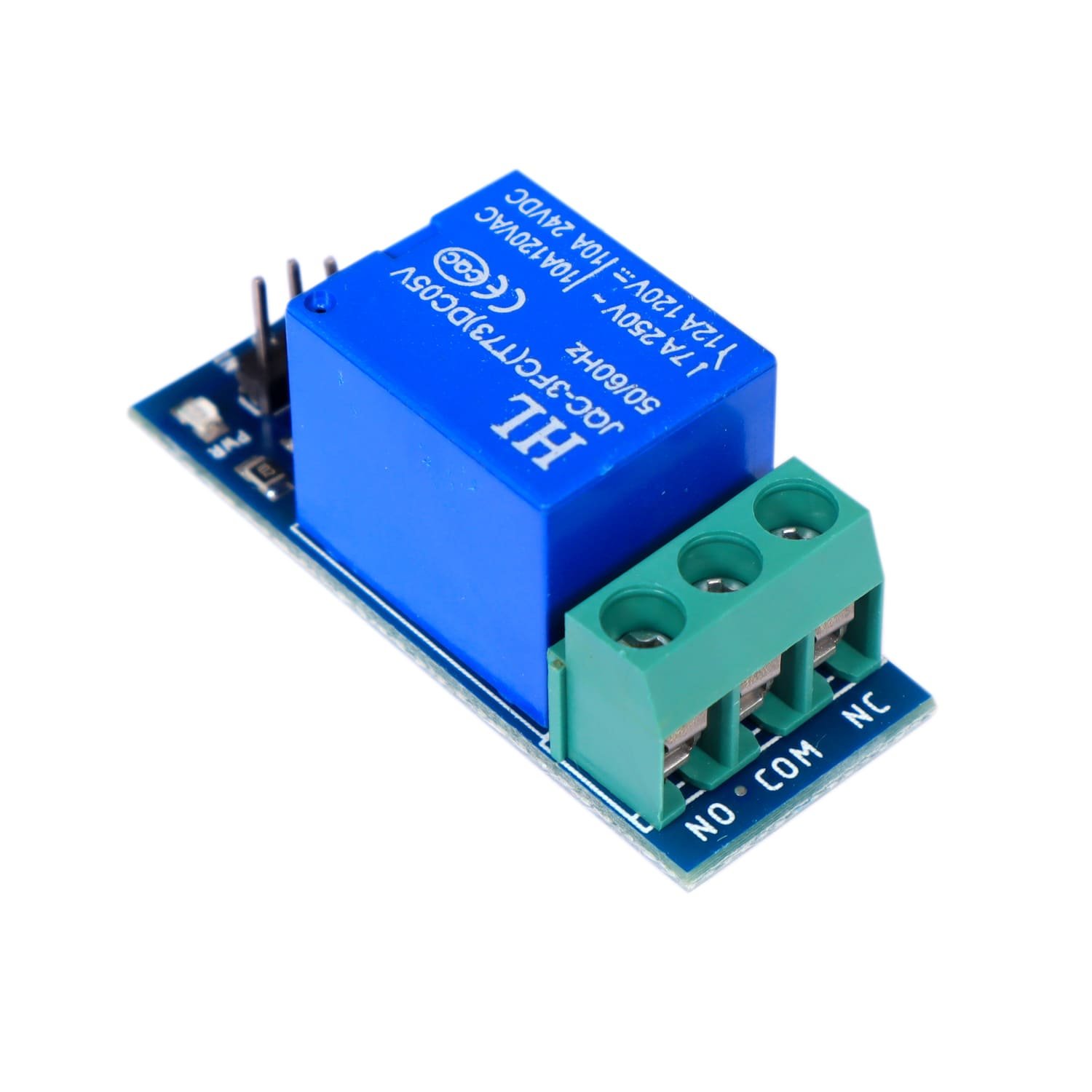
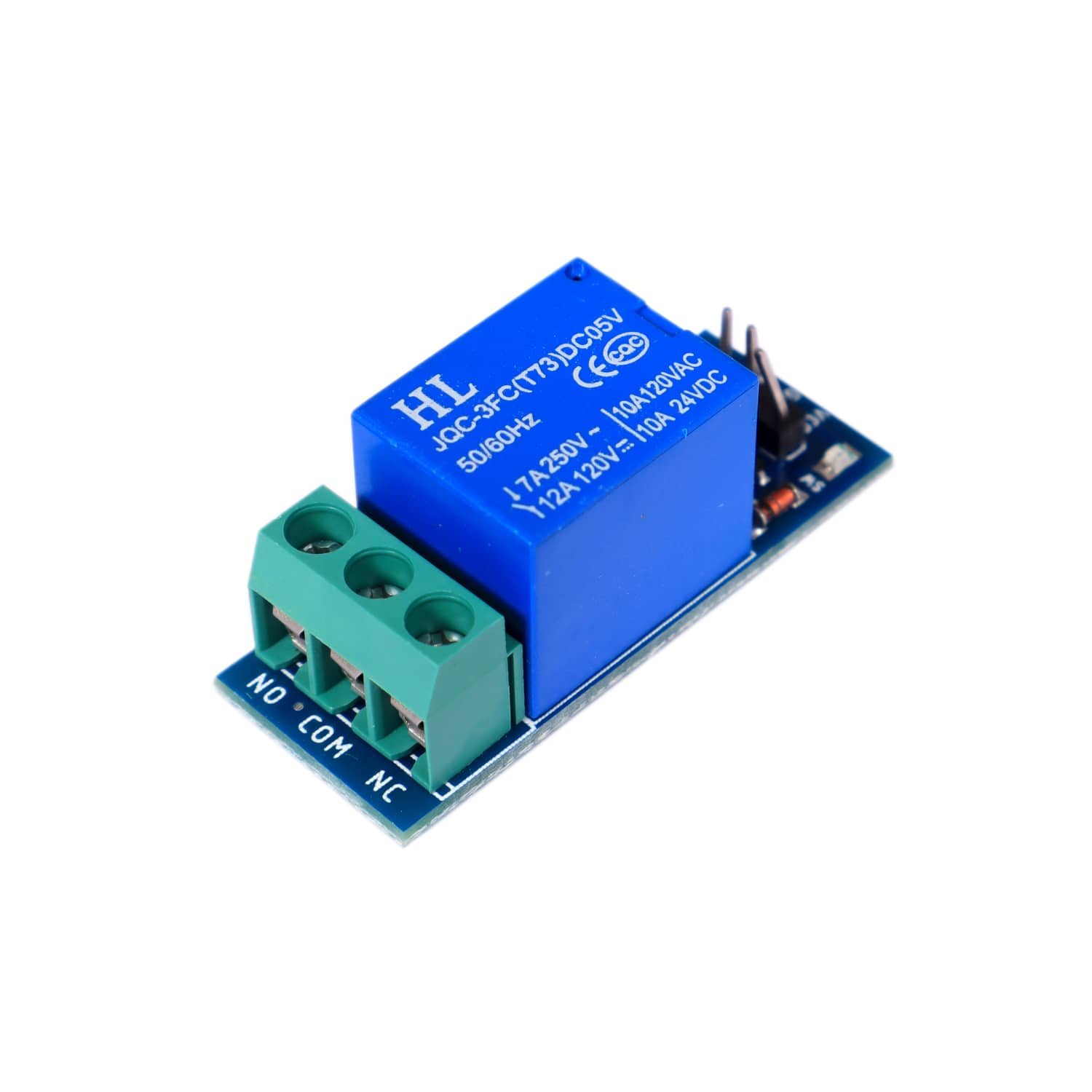


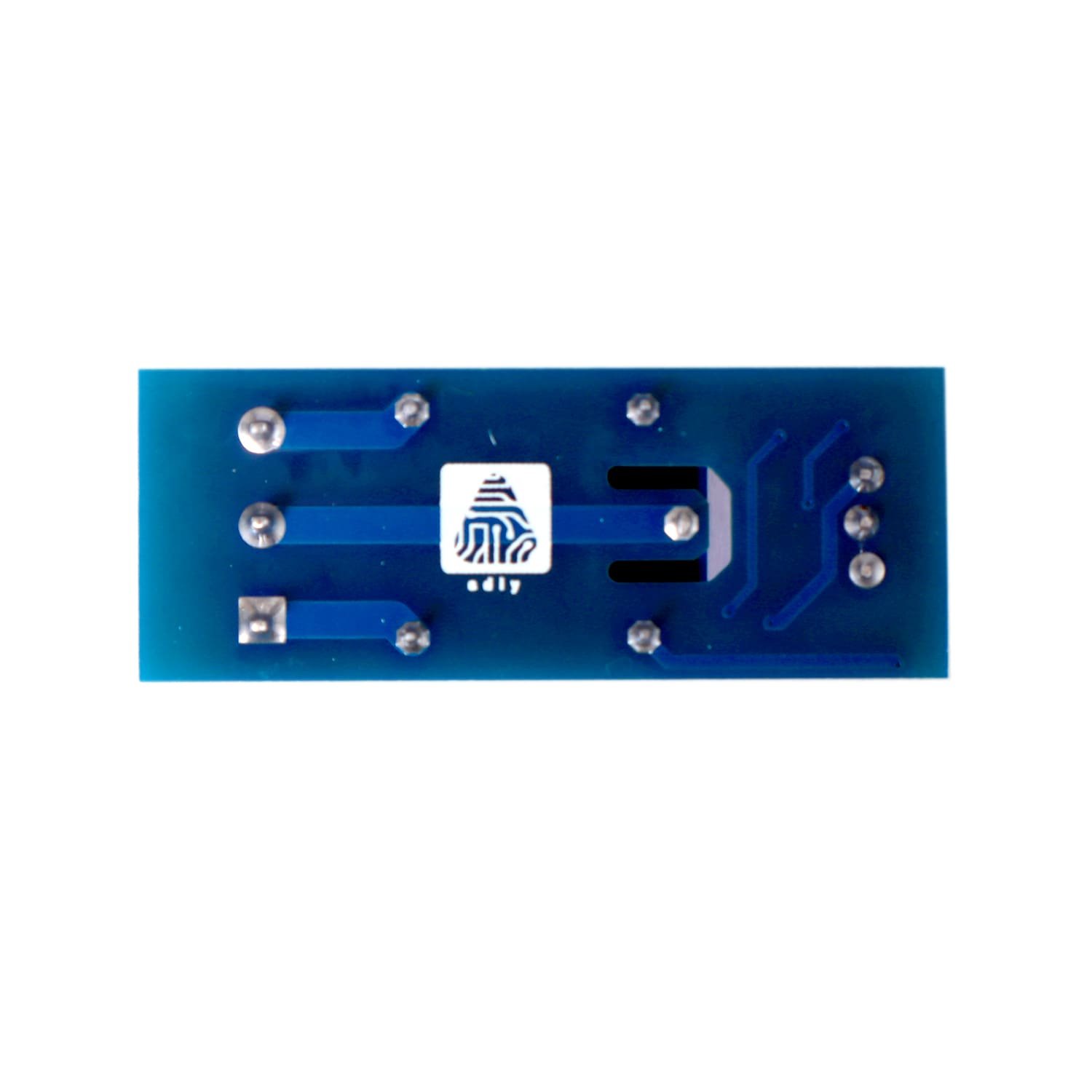
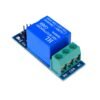
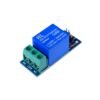


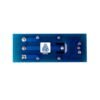

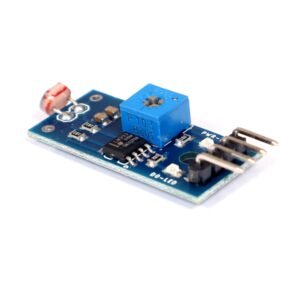
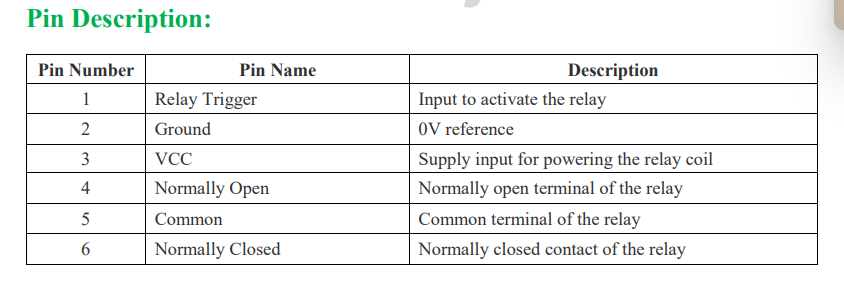
 Check out the image below to see how the relay module is connected to a microcontroller and mains source and load. The mains wiring is screwed to the terminal block, and the microcontroller can be connected using jumper cables.
Check out the image below to see how the relay module is connected to a microcontroller and mains source and load. The mains wiring is screwed to the terminal block, and the microcontroller can be connected using jumper cables.
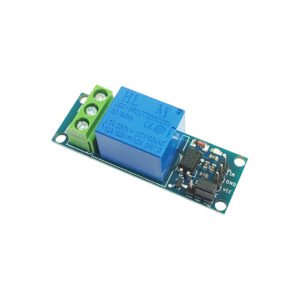
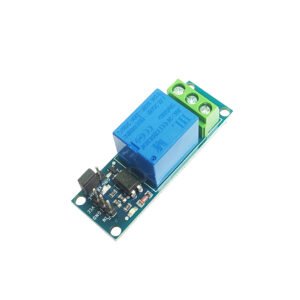

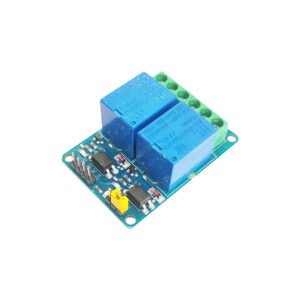
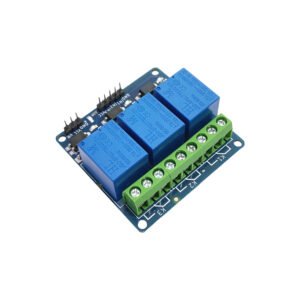
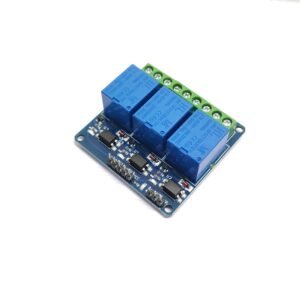



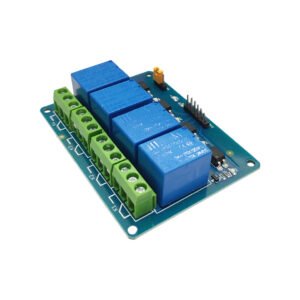
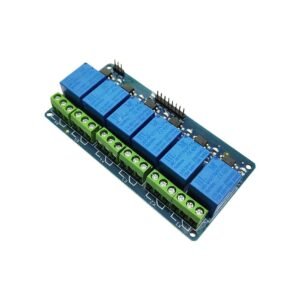
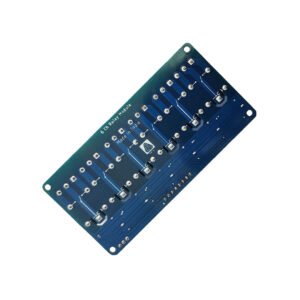

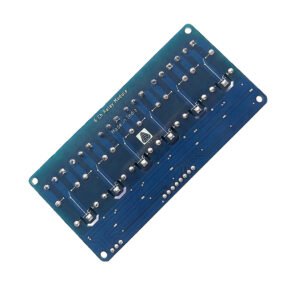

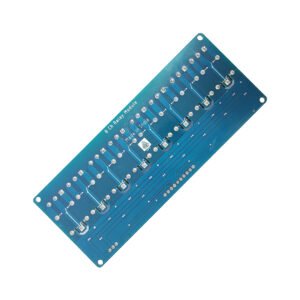
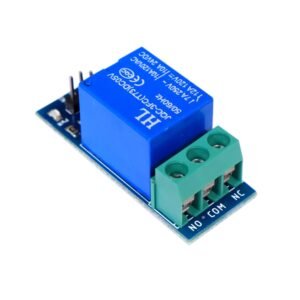

Reviews
There are no reviews yet.